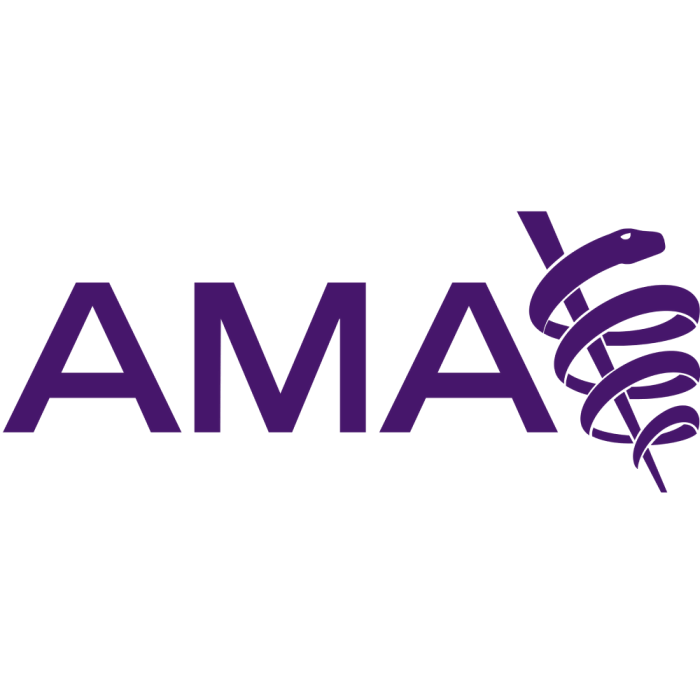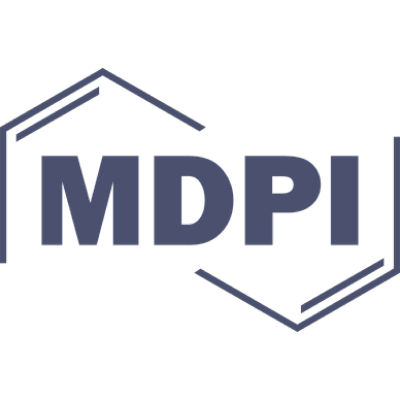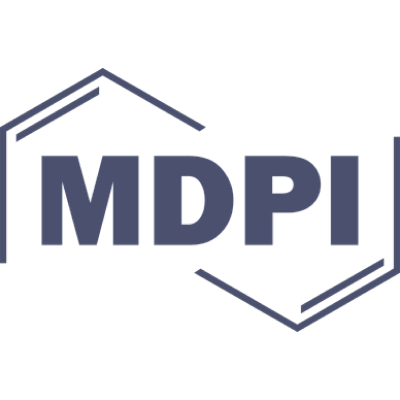Hypertension Research, volume 48, issue 1
Left ventricular structure and function in relation to sodium dietary intake and renal handling in untreated Chinese patients
Yi-Bang Cheng
1
,
Chak-Ming Chan
1
,
Ting-Yan Xu
1
,
Yi-Lin Chen
1
,
Feng-Hua Ding
2
,
Yan Li
1
,
Jiguang Wang
1
Publication type: Journal Article
Publication date: 2024-09-09
Journal:
Hypertension Research
scimago Q1
wos Q1
SJR: 1.071
CiteScore: 7.0
Impact factor: 4.6
ISSN: 09169636, 13484214
PubMed ID:
39251855
Abstract
Whether left ventricular structure and function is associated with sodium dietary intake and renal handling while considering blood pressure (BP) remains unclear. Consecutive untreated patients referred for ambulatory BP monitoring were recruited. Standard echocardiography was performed to measure left ventricular structure and function. Fractional excretion of lithium (FELi) and fractional distal reabsorption rate of sodium (FDRNa) were calculated as markers of proximal and distal tubular sodium handling, respectively. The 952 participants (51.0% women; mean age, 50.8 years) included 614 (64.5%) ambulatory hypertension and 103 (10.8%) left ventricular hypertrophy. There were significant interactions of urinary sodium excretion with FELi (P ≤ 0.045), but not FDRNa (P ≥ 0.36), in relation to left ventricular posterior wall thickness (LVPW), mass (LVM) and mass index (LVMI), but not functional measurements. Only in tertile 1 of FELi, the multivariate-adjusted regression coefficients for urinary sodium excretion reached statistical significance (P ≤ 0.049), being 0.16 ± 0.05 mm, 4.32 ± 1.48 g, and 1.64 ± 0.83 g/m2 for LVPW, LVM and LVMI, respectively. In mutually adjusted analyses, the regression coefficient for LVMI was statistically significant for FELi, FDRNa and 24-h systolic BP, being –2.17 ± 0.49, –1.95 ± 0.54, and 2.99 ± 0.51 g/m2, respectively (P < 0.001). Multivariable analysis of variance showed that sodium renal handling indexes (P ≥ 0.14), but not sodium urinary excretion (P = 0.007), were similarly as 24-h BP associated with LVMI. Heat maps on left ventricular hypertrophy provided a graphical confirmation of the findings. Sodium dietary intake and renal handling interact to be associated with left ventricular structure. Renal handling indexes were similarly in size as, jointly in action with and independently of 24-h BP.
Nothing found, try to update filter.
Carluccio E., Dini F.L., Correale M., Dattilo G., Ciccarelli M., Vannuccini F., Sforna S., Pacileo G., Masarone D., Scelsi L., Ghio S., Tocchetti C.G., Mercurio V., Brunetti N.D., Nodari S., et. al.
Wang J., Zhang W., Li Y., Liu L.
ElSayed N.A., Aleppo G., Aroda V.R., Bannuru R.R., Brown F.M., Bruemmer D., Collins B.S., Hilliard M.E., Isaacs D., Johnson E.L., Kahan S., Khunti K., Leon J., Lyons S.K., Perry M.L., et. al.
Huang Q., Cheng Y., Guo Q., Liu C., Kang Y., Sheng C., Li Y., Wang J.
Ma Y., He F.J., Sun Q., Yuan C., Kieneker L.M., Curhan G.C., MacGregor G.A., Bakker S.J., Campbell N.R., Wang M., Rimm E.B., Manson J.E., Willett W.C., Hofman A., Gansevoort R.T., et. al.
Natali A., Nesti L., Tricò D., Ferrannini E.
Neal B., Wu Y., Feng X., Zhang R., Zhang Y., Shi J., Zhang J., Tian M., Huang L., Li Z., Yu Y., Zhao Y., Zhou B., Sun J., Liu Y., et. al.
Chen Y., Xu T., Xu J., Zhu L., Li Y., Wang J.
Filippini T., Malavolti M., Whelton P.K., Naska A., Orsini N., Vinceti M.
Kang Y., Cheng Y., Guo Q., Sheng C., Huang Q., Xu T., Li Y., Wang J.
Zannad F., Ferreira J.P., Pocock S.J., Anker S.D., Butler J., Filippatos G., Brueckmann M., Ofstad A.P., Pfarr E., Jamal W., Packer M.
Chen Y., Xu T., Xu J., Zhu L., Li Y., Wang J.
Are you a researcher?
Create a profile to get free access to personal recommendations for colleagues and new articles.
Metrics
3
Total citations:
3
Citations from 2024:
3
(100%)










